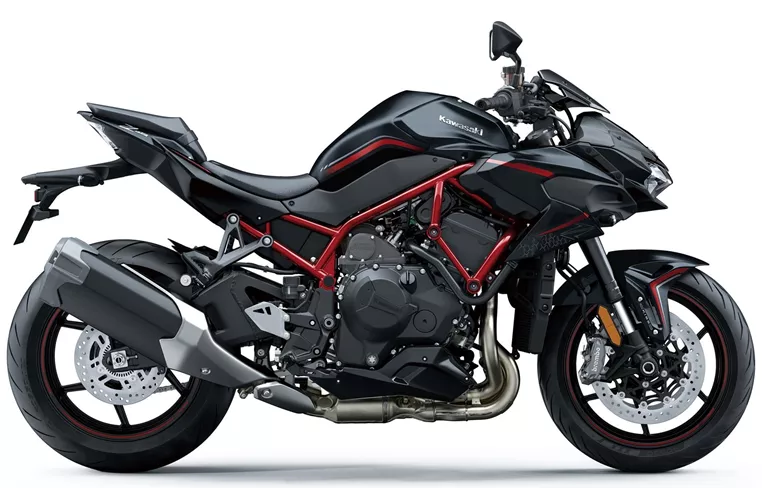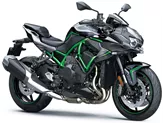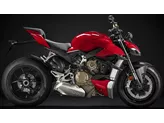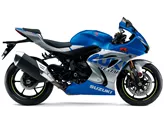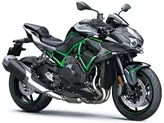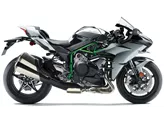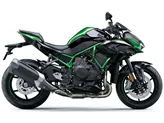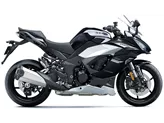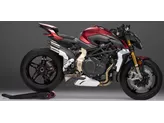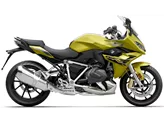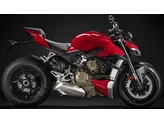Kawasaki Z H2 2020 vs. Kawasaki Z1000SX 2019
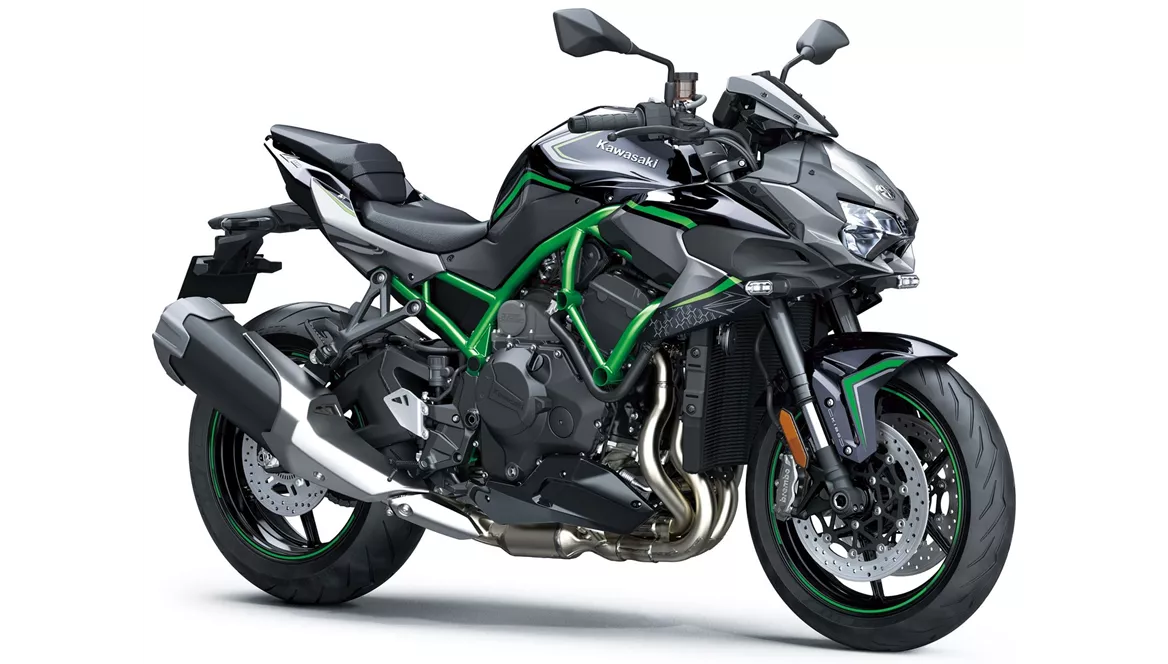
Kawasaki Z H2 2020

Kawasaki Z1000SX 2019
Overview - Kawasaki Z H2 2020 vs Kawasaki Z1000SX 2019
The Kawasaki Z H2 2020 is a naked bike with a powerful engine producing 200 HP and 137 Nm of torque. It features a fuel injection system and a chain transmission. The bike has a 4-cylinder engine and is liquid-cooled with a displacement of 998 ccm. The front suspension consists of an upside-down telescopic fork with a travel of 120 mm and adjustable compression, preload, and rebound settings. The rear suspension is a swing arm with a monoshock and a travel of 134 mm, also with adjustable compression, preload, and rebound settings. The frame is made of steel and the front brakes are double disk with a diameter of 320 mm and four pistons. The brakes use radial, monoblock technology and are branded by Brembo. The bike is equipped with advanced rider assistance systems including ABS, riding modes, cornering ABS, launch control, ride by wire, quickshifter, traction control, and anti-wheelie. The front tire has a width of 120 mm and a diameter of 17 inches, while the rear tire has a width of 190 mm and a diameter of 17 inches. The wheelbase is 1455 mm and the seat height is 830 mm. The bike has a kerb weight of 239 kg and a fuel tank capacity of 19 liters.
On the other hand, the Kawasaki Z1000SX 2019 is a sport touring motorcycle with a slightly less powerful engine, producing 142 HP and 111 Nm of torque. It also features a fuel injection system and a chain transmission. The bike has a 4-cylinder engine and is liquid-cooled with a displacement of 1043 ccm. The front suspension is an upside-down telescopic fork with a travel of 120 mm and adjustable compression, preload, and rebound settings. The rear suspension is a swing arm with a monoshock and a travel of 144 mm, also with adjustable compression, preload, and rebound settings. The frame is made of aluminium and the front brakes are double disk with a diameter of 300 mm and four pistons. The brakes use radial, monoblock, petal technology and are branded by Tokico. The bike is equipped with ABS and traction control as its advanced rider assistance systems. The front tire has a width of 120 mm and a diameter of 17 inches, while the rear tire has a width of 190 mm and a diameter of 17 inches. The wheelbase is 1440 mm and the seat height is 815 mm. The bike has a kerb weight of 235 kg and a fuel tank capacity of 19 liters.
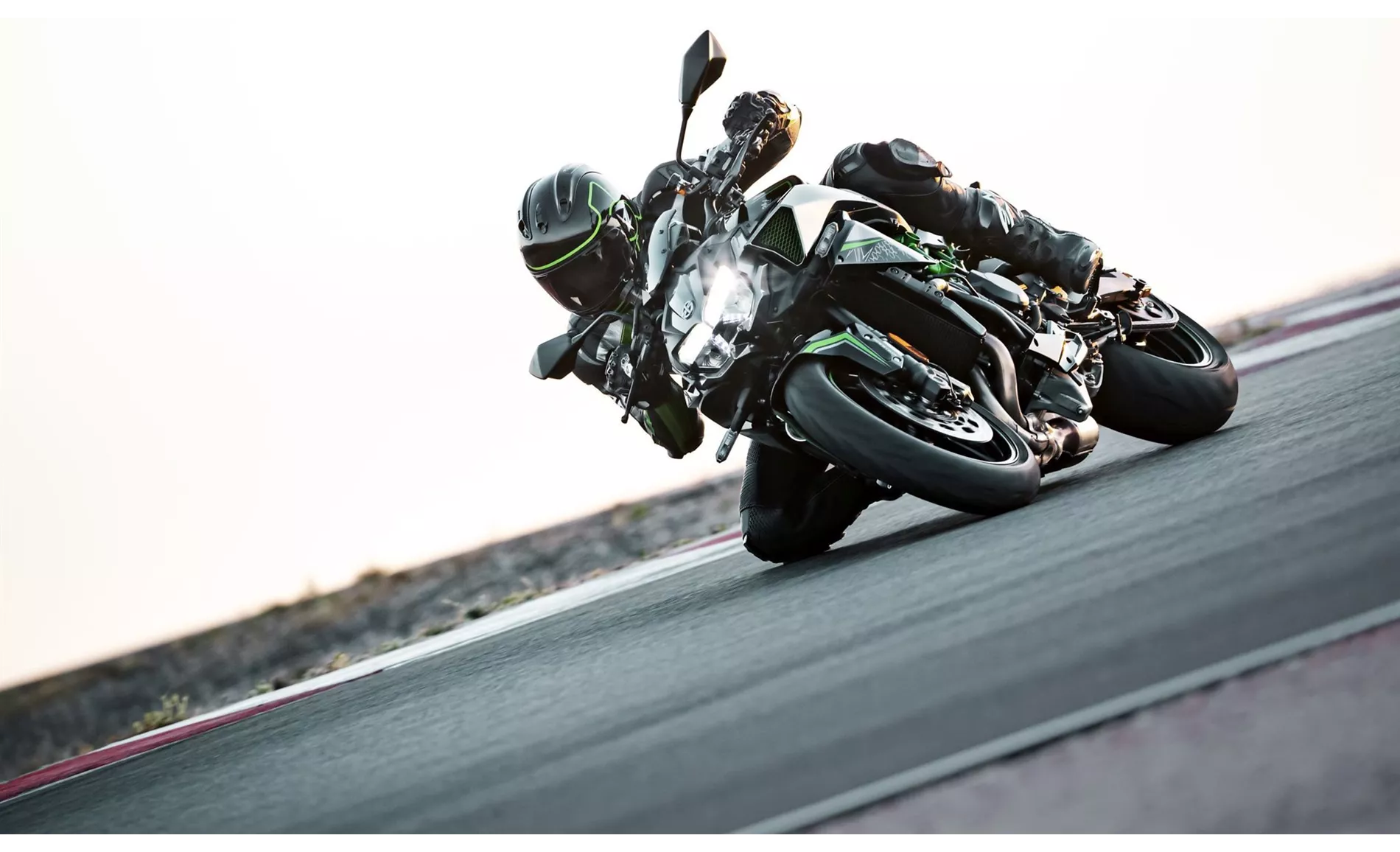
Kawasaki Z H2 2020
In terms of strengths, the Kawasaki Z H2 2020 has an incomparable engine with full power and an easy-to-control power unit. It offers a pleasant seating position and high riding comfort for a naked bike. The bike has a quiet but charismatic sound and stable and transparent handling. Despite its extravagant drive, it can be ridden carefree in everyday life.
On the other hand, the Kawasaki Z1000SX 2019 has a noticeable increase in power compared to the Versys 1000. Its in-line four-cylinder engine is sensitive and can be dosed in a controlled manner. The bike is considered the price-performance winner among the tested sports touring bikes and offers an ideal compromise between sportiness and touring capabilities.

Kawasaki Z1000SX 2019
In terms of weaknesses, the Kawasaki Z H2 2020 has a quickshifter that makes interventions that take too long. The suspension strut can become a bit spongy during sporty riding. Some may feel that the exclusive motorbike deserved exclusive components all around.
On the other hand, the Kawasaki Z1000SX 2019 is electronically rather rudimentary and its instruments are not optimally readable in direct sunlight.
Technical Specifications Kawasaki Z H2 2020 compared to Kawasaki Z1000SX 2019
Pros and Cons in comparison
Pros and Cons in comparison
Kawasaki Z H2 2020
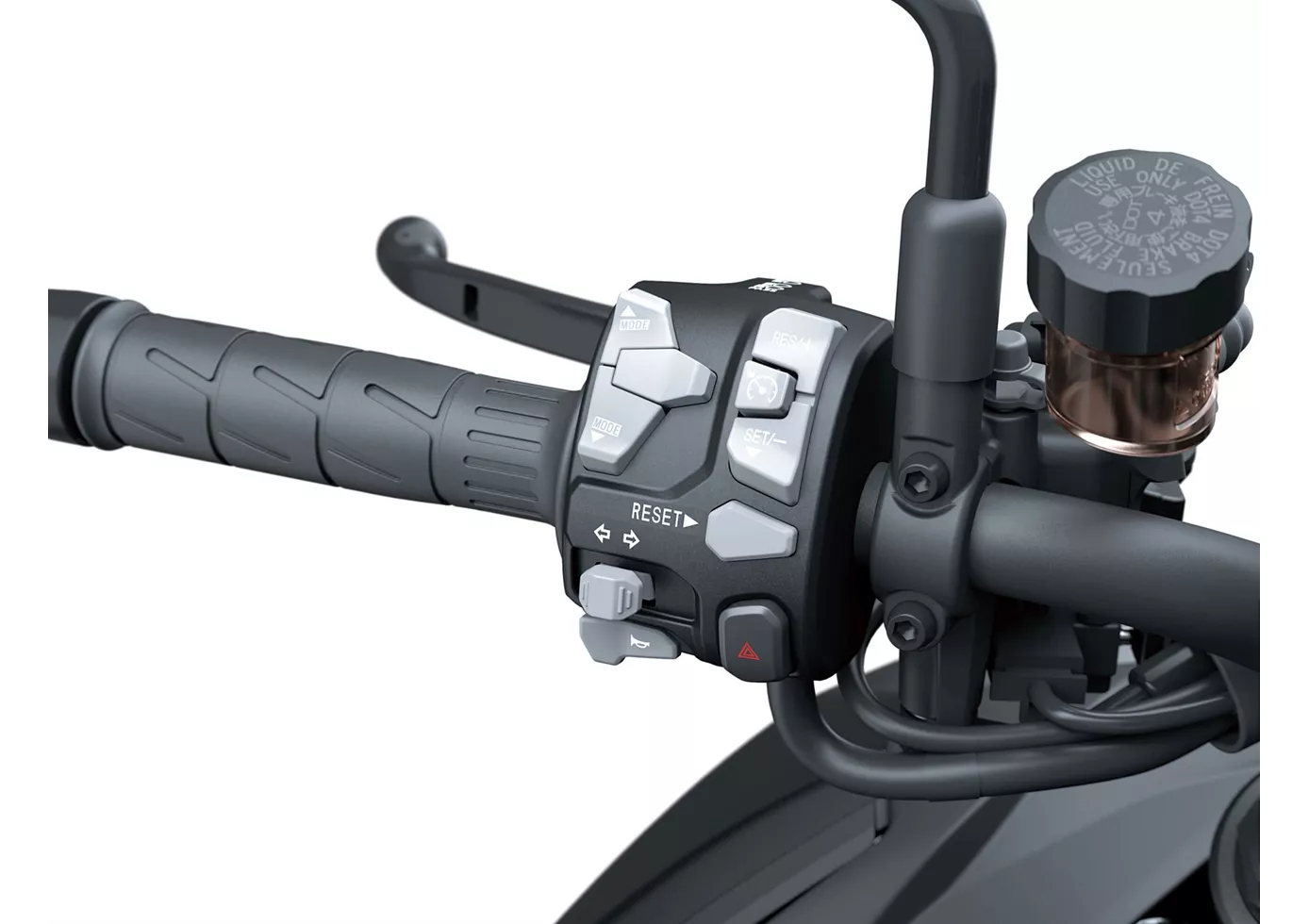
The fascinating power unit of the Kawasaki not only inspires as a motif for quartet cards or at the regulars' table. The engine is made for practical use. In the saddle of the bike, you can enjoy the thrust in every situation. Commands from the throttle are implemented directly, intensively but also controllably. However, the bike is not an athletic sportsman but a beefy naked bike. It always scores when sovereignty and power are required.
Kawasaki Z1000SX 2019

The nakedbike genes of the original Z1000 have fortunately been retained in the right areas, but the bike has been consistently tuned for touring suitability. An adapted seating position with a clearly comfortable seat (also and especially for the pillion rider), a finely controllable engine and sufficient wind protection provide the optimal basis for long, extensive and not least sporty rides. The rather compact knee angle might cause some of you to take an early break on long rides. In return, however, you get an upright riding position in which you can freely develop your upper body. The Z1000SX is a reduced to the essential touring bike with a top price-performance ratio! One thing in particular stood out: you don't always have to have all the electronic "helpers" on board to create a sporty bike that rides very well - a TOP sports tourer at a favourable price compared to the other two bikes!
Price Comparison Avarage Market Price Kawasaki Z H2 vs Kawasaki Z1000SX
There are a few key differences between a Kawasaki Z H2 2020 and a Kawasaki Z1000SX 2019. In terms of price, the actual average price of a Kawasaki Z H2 2020 is about 38% higher. A Kawasaki Z H2 2020 experiences a loss of 630 USD in one year of ownership. This is offset by a loss of 260 USD for a Kawasaki Z1000SX 2019. Compared to Kawasaki Z1000SX 2019 there are less Kawasaki Z H2 2020 bikes available on the 1000PS.de Marketplace, specifically 10 compared to 11. It takes less time to sell a Kawasaki Z1000SX with 115 days compared to 148 days for the Kawasaki Z H2. Since model year 2020 1000PS.de editors have written 14 reviews for the Kawasaki Z H2 and 14 reviews for the Kawasaki Z1000SX since model year 2011. The first review for the Kawasaki Z H2 was published on 10/10/2019 and now has more than 82,500 views. This compares to more than 9,900 views for the first review on Kawasaki Z1000SX published on 10/5/2010.
